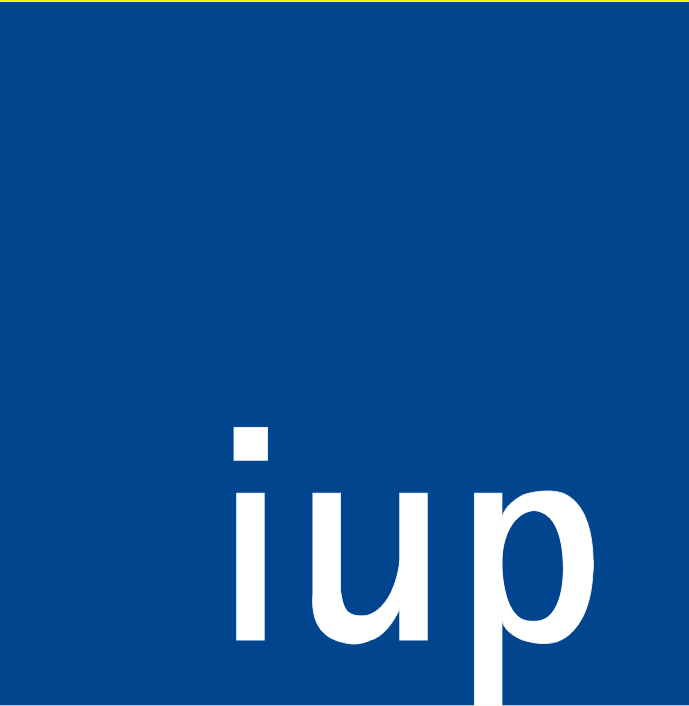Publikationen (FIS)
Green infrastructure connectivity analysis across spatiotemporal scales
A transferable approach in the Ruhr Metropolitan Area, Germany
- verfasst von
- Jingxia Wang, Andreas Rienow, Martin David, Christian Albert
- Abstract
Developing green infrastructure (GI) has drawn increasing attention as a strategic planning approach for advancing urban sustainability. The connectivity of green spaces, a central principle of GI, has been considered in planning studies regarding its structure and functions for biodiversity conservation and ecosystem services delivery; however, aspects of GI connectivity across temporal and spatial scales are rarely addressed. This paper aims to develop and apply a method for the GI connectivity analysis at multiple spatiotemporal scales. A transferable and multi-scale workable approach is presented to reveal the changes of structural and spatial heterogeneity of urban GI. Our method includes i) morphological spatial patterns analysis for central and green corridors recognition, ii) a graph-based quantification of GI connectivity based on the Conefor model, and iii) least-cost path analysis for identifying potential green corridors. We apply the GI connectivity analysis method in the Ruhr Metropolitan Area (RMA), one of Europe's largest agglomerations. We use spatial Urban Atlas data from 2006 to 2018. At the metropolitan scale, we find that GI connectivity in the RMA decreases 3.9% from 2006 to 2018, even though the general distributions of GI changes only slightly. With reference to the municipal scale from 2006 to 2018, four major types of GI connectivity changes were discovered in RMA's 15 cities, namely consistent decreasing, consistent increasing, increase followed by decrease, and vice-versa. Our findings provide new evidence on GI connectivity changes across a twelve-year difference and at metropolitan and municipal scales, as well as the identification of priority areas for increasing GI connectivity. It provides insights on the evolving and heterogenous nature of GI connectivity in support of decision-making for more sustainable metropolitan development for people and nature.
- Organisationseinheit(en)
-
Institut für Umweltplanung
- Externe Organisation(en)
-
Ruhr-Universität Bochum
Leuphana Universität Lüneburg
- Typ
- Artikel
- Journal
- Science of the Total Environment
- Band
- 813
- ISSN
- 0048-9697
- Publikationsdatum
- 20.03.2022
- Publikationsstatus
- Veröffentlicht
- Peer-reviewed
- Ja
- ASJC Scopus Sachgebiete
- Environmental engineering, Umweltchemie, Abfallwirtschaft und -entsorgung, Umweltverschmutzung
- Ziele für nachhaltige Entwicklung
- SDG 11 – Nachhaltige Städte und Gemeinschaften, SDG 15 – Lebensraum Land
- Elektronische Version(en)
-
https://doi.org/10.1016/j.scitotenv.2021.152463 (Zugang:
Geschlossen)


